Top-Rated Diabetes Specialist in Toronto for Advanced Care & Lasting Results
Canada’s Leading Diabetic Wound Care Centres
- Cutting-Edge Imaging with MolecuLight
- Focus on Early Intervention and Amputation Prevention
- Convenient Location in the Greater Toronto Area
Lets Get In Touch
*All Fields marked with asterisk are required
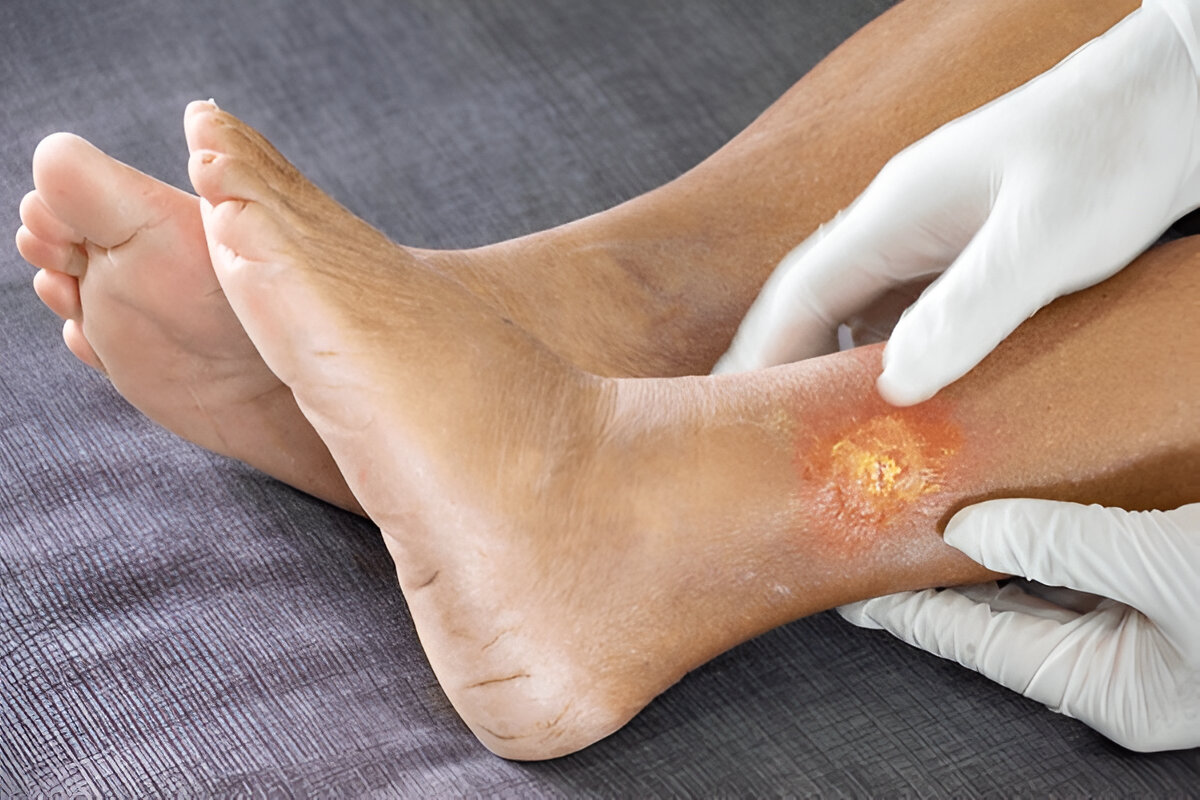
Compassionate, Advanced Diabetic Wounds Care in the Greater Toronto Area
Diabetes Mellitus affects over 3 million Canadians, representing 10% of the general population. For individuals over 70 and many Indigenous communities, the numbers are even more staggering.
While diabetes is often associated with blood sugar levels, one of its most serious and life-altering complications is chronic, non-healing wounds, especially in the feet and legs.
At the Judy Dan Centre for Hyperbaric Medicine & Advanced Wound Care, we specialize in preventing and treating the devastating complications of diabetes. Our goal is to improve diabetes skin healing, reduce the risk of amputation, and help patients regain their quality of life.
Explore advanced solutions for type 2 diabetes and wound healing today.
Why Do Diabetic Wounds Become Chronic?
Red patches on feet diabetes can lead to a series of physiological changes that affect the body’s ability to heal, especially in the lower extremities:
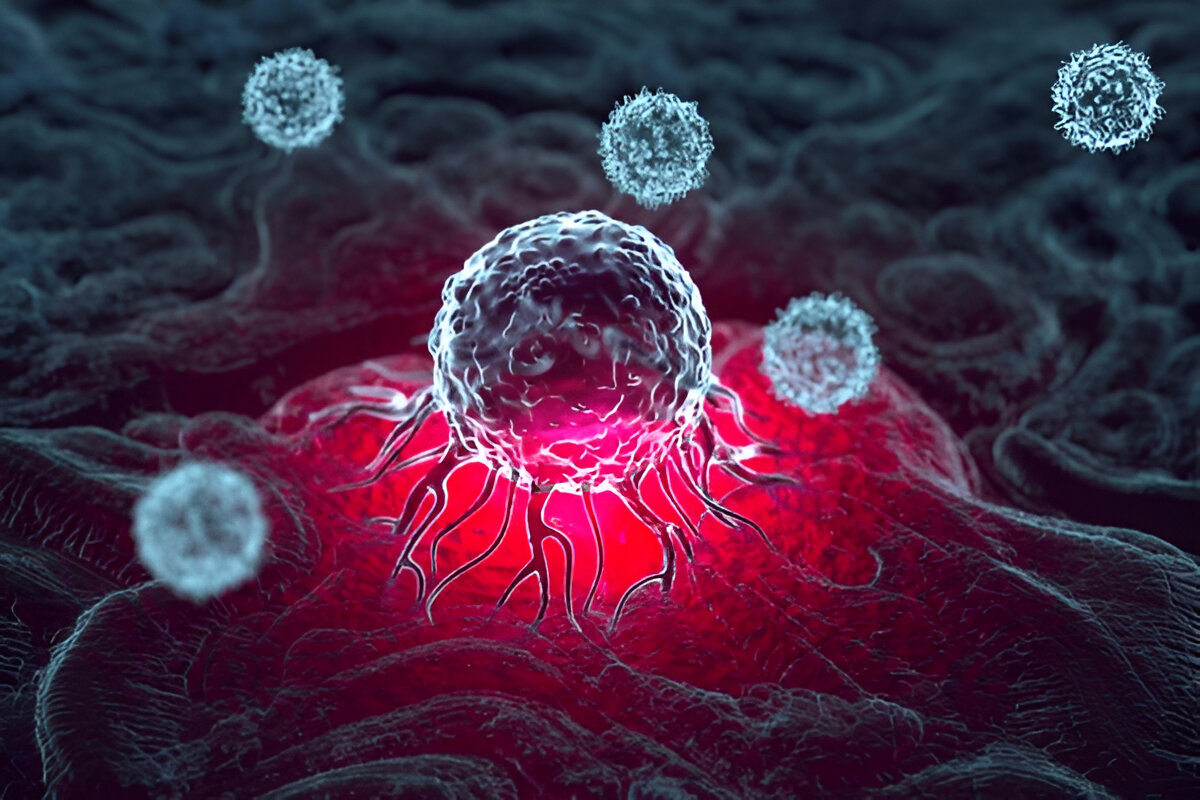
Neuropathy (Nerve Damage)
Diabetes often causes nerve damage, especially in the feet, leading to loss of sensation. Patients may not feel pain, pressure, heat, or minor injuries—allowing wounds to go unnoticed and untreated.
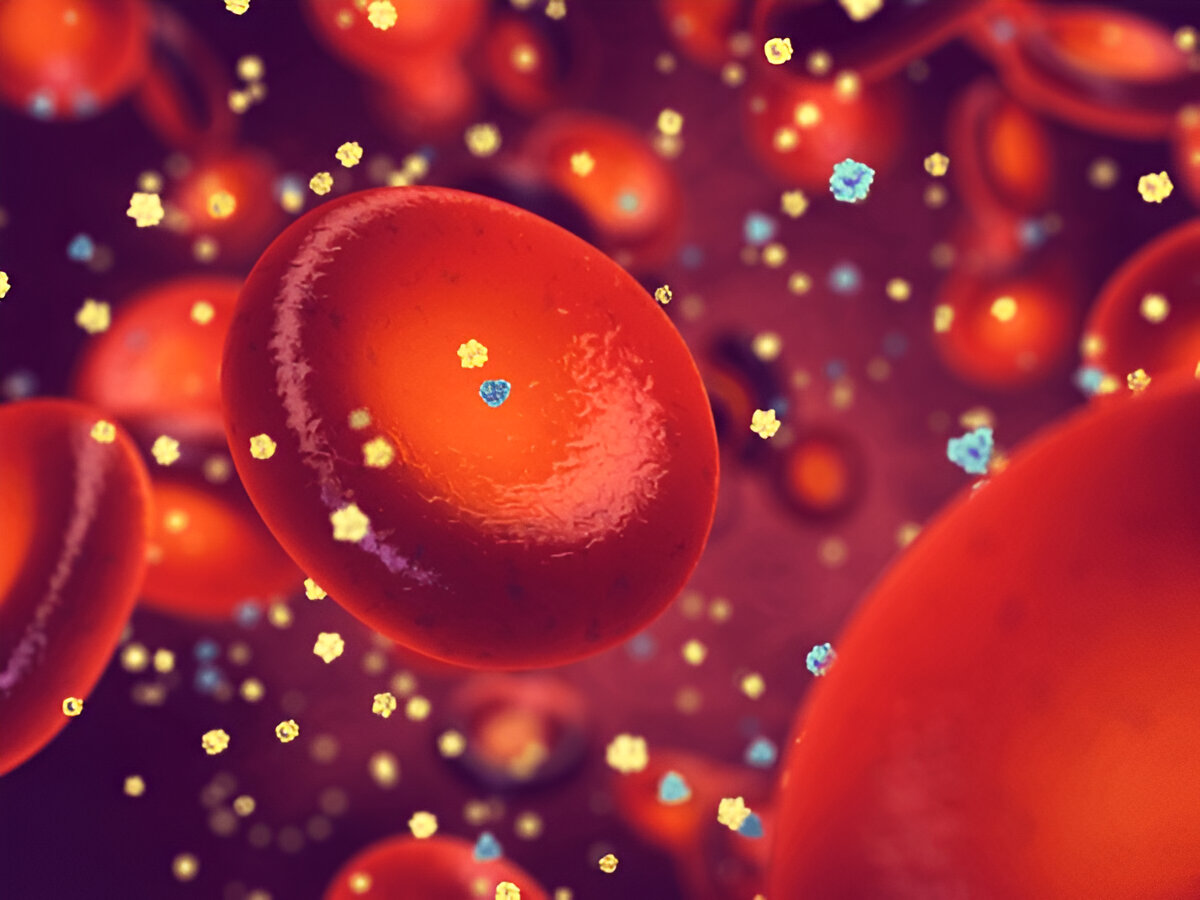
Delayed Cellular
Repair
Diabetes slows down the natural wound healing cascade—reducing collagen production, angiogenesis, and the migration of skin cells that close wounds.
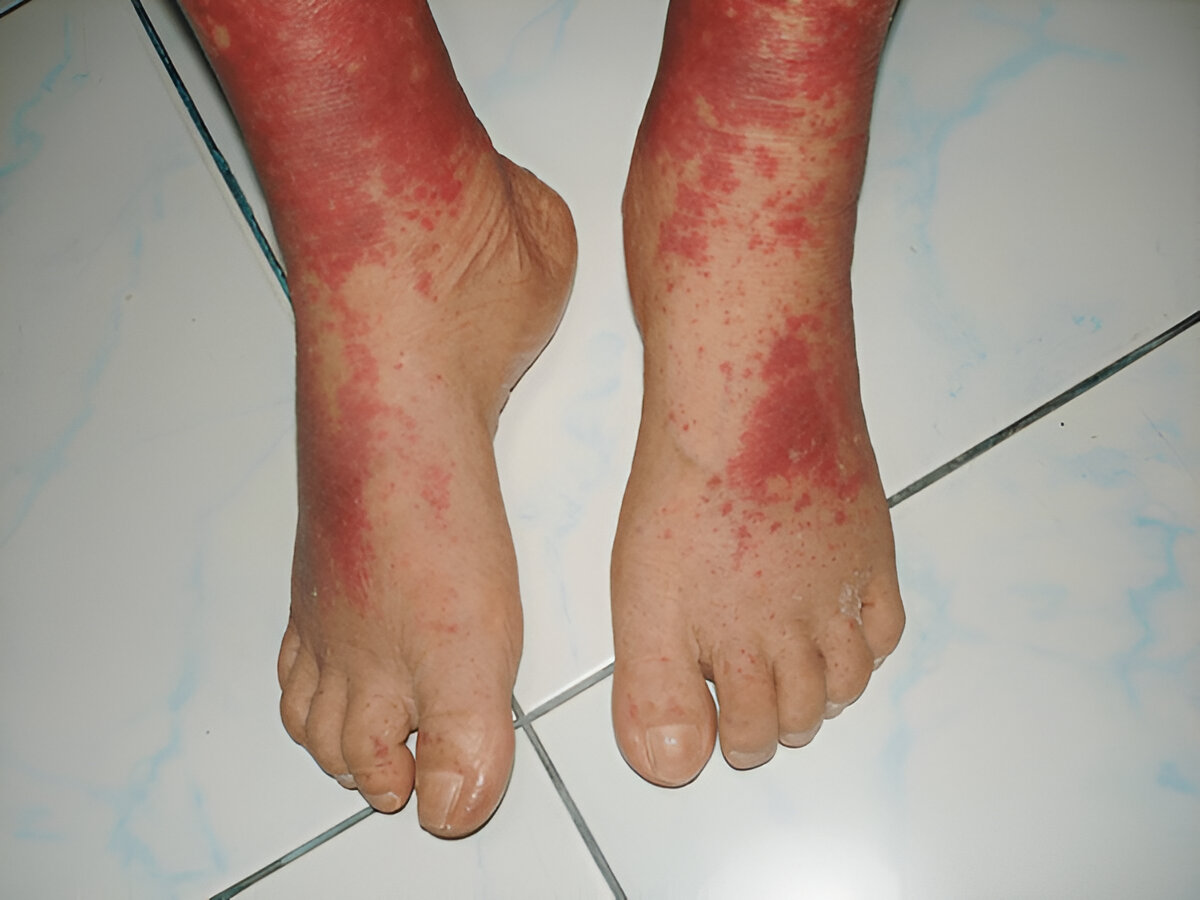
Vasculopathy (Poor Blood Circulation)
Diabetes damages the small blood vessels (microvascular disease), reducing blood flow to the limbs. This limits the delivery of oxygen and nutrients essential for tissue repair.

Immune System Impairment
Elevated blood sugar weakens the immune response, making it harder for the body to fight off infections and prolonging the healing process.

High Glucose Levels Feed Bacteria
Chronic high blood sugar creates an environment where bacteria thrive, increasing the risk of wound infections.
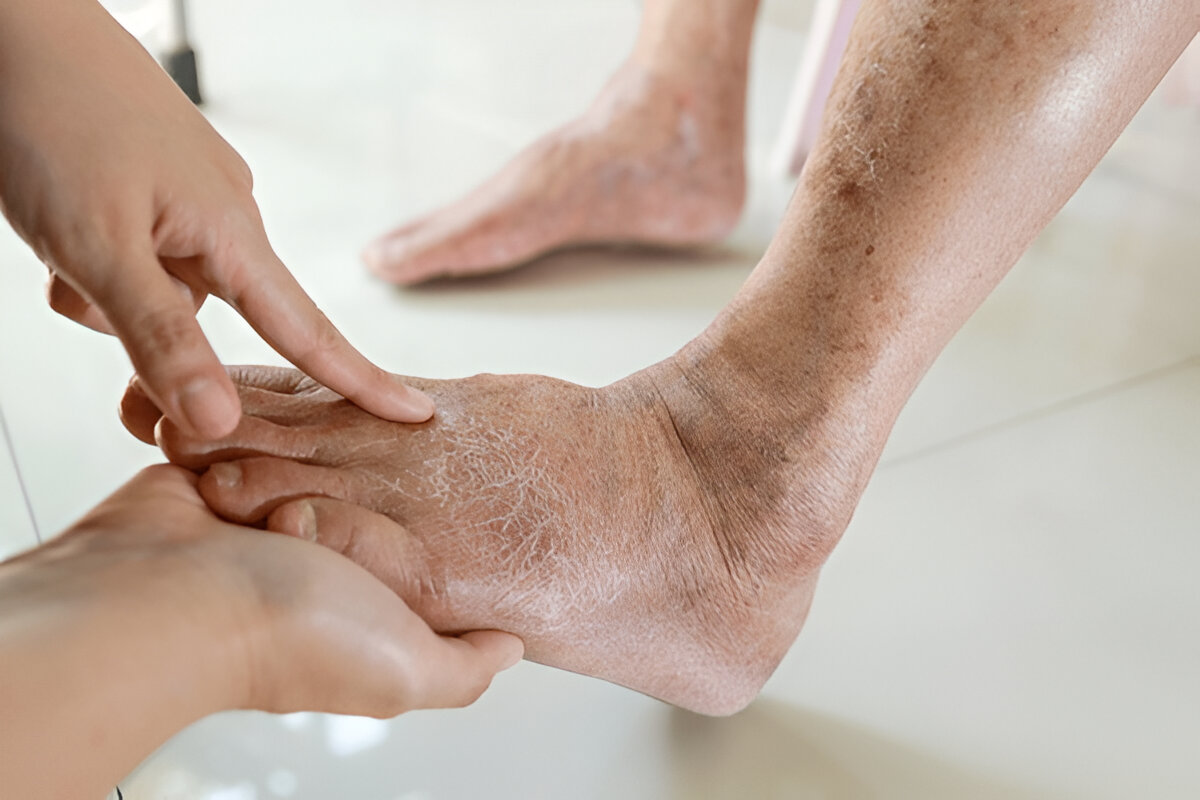
Dry Skin and
Cracking
Diabetes often causes dry skin, particularly on the feet. This can lead to cracks and fissures, creating entry points for bacteria and infection.
Get expert help for a wound not healing due to diabetes — book now.
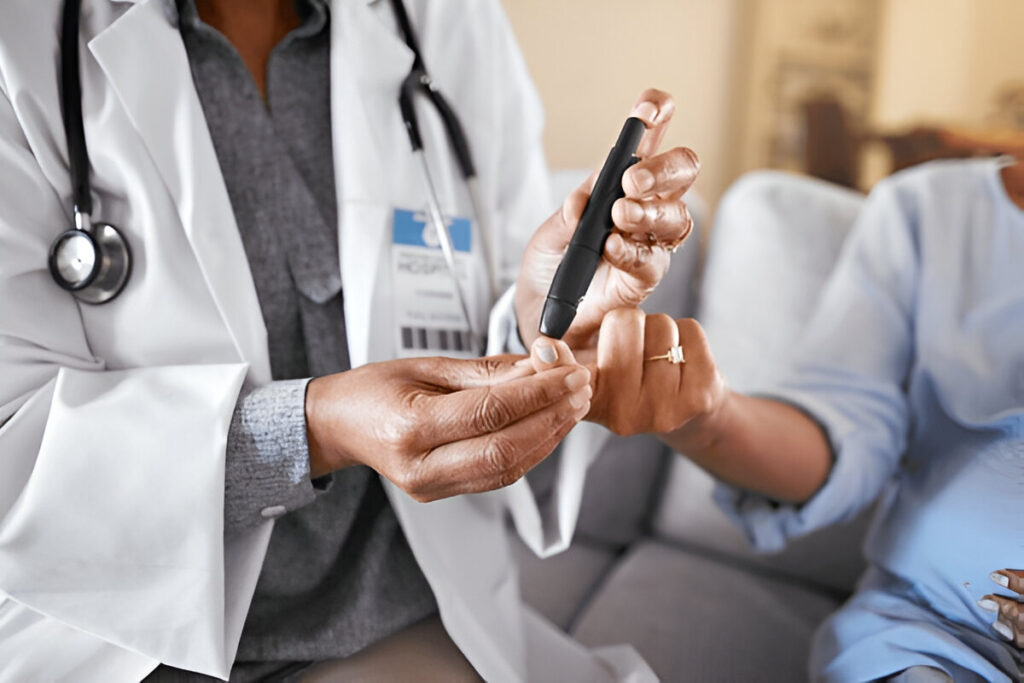
The Human Cost of Diabetes
Living with diabetes is more than managing diet and medication—it often comes with painful, hidden consequences. Among them:
- 450,000 Canadians (15% of diabetics) will develop foot or leg ulcers.
- 14–24% of these patients will require an amputation.
- 16% die during amputation surgery, and 50% will lose the other limb within 5 years.
- The average diabetic limb ulcer costs $15,000/year in home care alone.
- A single amputation costs $65,000, with an additional $350,000 in indirect costs like prosthetics and rehabilitation.
These numbers aren’t just statistics—they represent real people facing painful procedures, long hospital stays, and reduced mobility. Many become wheelchair-bound, lose their independence, or require 24/7 diabetic wounds care

Why Early Intervention is Critical
Too often, patients come to us after months—or even years—of struggling with wounds that won’t heal. Many don’t realize that early diabetes skin healing can prevent serious complications.
If you have diabetes and notice:
- Redness or swelling in your feet
- Unusual warmth
- An open sore or blister
- Signs of infection (odour, discharge, pain)
…seek help immediately. The sooner you act, the greater your chances of avoiding amputation and recovering fully.
Expert diabetes wound on foot treatment to avoid complications — contact us today.

In the Greater Toronto Area, approximately:
- 150,000 people are diagnosed with Diabetes Mellitus
- 10,000 patients suffer chronic, non-healing diabetic wounds
- 1,000 patients a year will require a leg amputation
In addition to the severe emotional impact of the loss of a leg, these patients frequently become permanently disabled, wheelchair-bound or bedridden, losing their independence and requiring considerable social services including long, costly hospitalizations. It is estimated that only 40 – 50% of senior amputees ever become fully rehabilitated.
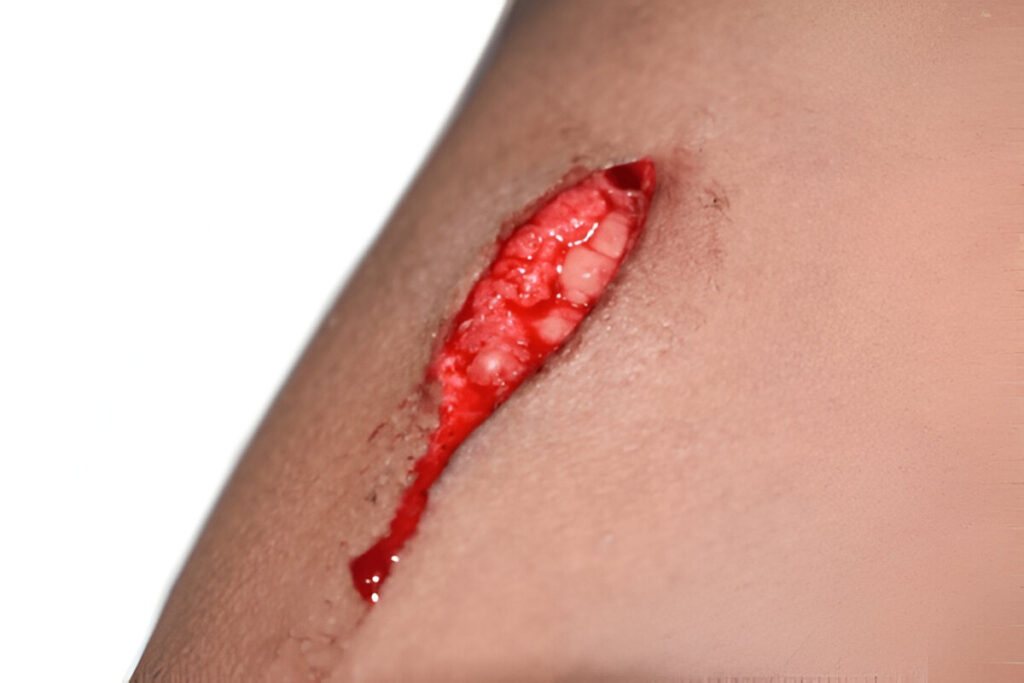
Chronic Diabetic Wounds – The Cause:
Diabetes Mellitus damages the nerves in the feet resulting in a loss of sensation. Minor skin abrasions and cuts on the feet can occur without pain or without the patient’s awareness.
Diabetes also damages and blocks blood vessels, particularly small vessels in the feet, resulting in poor circulation and reduced oxygen supply. Without adequate blood supply and oxygenation, the cells that repair wounds and fight infection cannot function.
Minor abrasions and cuts can become chronic, infected wounds. Once infection reaches bone, amputation of the limb often results.
Your Best Choice for a Diabetes Specialist in Toronto
At the Judy Dan Centre for Hyperbaric Medicine & Advanced Wound Care, we combine compassion, innovation, and clinical excellence to offer world-class care for diabetic patients facing chronic wounds. Here’s why patients and physicians across the Greater Toronto Area trust us:
Expertise in Diabetic Wound Management
Our team specializes in complex, non-healing wounds caused by Diabetes Mellitus. We have a proven track record in limb preservation and infection control.
Timely Compassionate Environment
Our patients are more than their diagnosis. We treat every individual with empathy, respect, and dignity—because healing starts with how you’re treated.
Appointments & Comprehensive Follow-Up
We understand that time is critical when managing diabetic wounds. That’s why we offer fast-track consultations and ongoing support to monitor healing progress
Leading-Edge Imaging Technology
With MolecuLight imaging, we detect bacterial presence and wound severity in real-time, ensuring accurate diagnosis and targeted treatment.
Advanced Hyperbaric Oxygen Therapy (HBOT)
We offer hospital-grade HBOT, a powerful healing tool that enhances oxygen delivery to tissues and accelerates recovery—especially in hard-to-heal diabetic wounds.
Collaborative, Multidisciplinary
Team
Our dedicated professionals work together to address all aspects of wound care—from medical to emotional—to achieve the best possible outcome.
Support Our Work
If you wish to help support our work, or sponsor a patient’s treatment, please contact us.
Frequently Asked Questions
When should I see a specialist for a diabetic wound?
You should seek professional diabetic wounds care if a wound hasn’t improved in 2 weeks, shows signs of infection (redness, swelling, odor, discharge), or if you have reduced sensation in your feet. Early intervention prevents serious complications.
Do I need a referral to book an appointment?
A referral is helpful but not always required. However, if you’re under the care of a family doctor or diabetes specialist in Toronto, we encourage coordination to ensure seamless treatment planning.
What is MolecuLight and how is it used in wound care?
MolecuLight is a handheld imaging device that helps our team visualize bacteria and wound characteristics in real time, allowing for more accurate and efficient treatment.
Is treatment covered by OHIP or private insurance?
Some treatments may be covered by OHIP or private insurance, depending on eligibility. Our team can help you understand your coverage and explore financial assistance options if needed.
Can you help prevent amputation in high-risk patients?
Yes. Our goal is limb preservation. With advanced diagnostics, personalized diabetic wounds care, and therapies like HBOT, we significantly reduce the risk of amputation for many patients.
How long does wound treatment usually take?
Healing time varies depending on wound severity, underlying conditions, and treatment methods. Some wounds respond in weeks; others may require longer-term care. Our team monitors progress closely.